Woohoo!
Screen Australia approved my funding application to make Zombie Outbreak Simulator on Android! Here’s their press release.
So for everyone who’s been asking for an Android version for ages (pretty much ever since we started development of the iOS version, back in late 2011), the answer is now that it’s “coming soon”!
TL; DR: The current plan is to release ZOS on Android around April/May next year. If you’re just interested in getting a copy, keep an eye on the blog / Facebook / Twitter, and come back in a few months :)
If you’re curious about all of the background behind getting to this point and what’s happening next, read on! I figured some people might find this interesting, including other Australian indie developers who might be thinking of applying for funding from Screen Australia.
As I described back in June, my future plan for Class 3 Outbreak and Zombie Outbreak Simulator looks something like this:
So there are 4 streams to this:
- Improve the web version of Class 3 Outbreak.
- Bring all of the maps of the web version of C3O to ZOS on iOS.
- Release ZOS on Android.
- Combine all of the above to release C3O on iOS and Android.
It seems tempting to apply for funding from Screen Australia for all of the above. However I don’t think that would be a responsible use of the government’s money!
The Lean Startup is an approach to building businesses and ideas which has grown enormously in popularity in recent years.
The core principle of ‘lean’ is not of running cheaply, but of minimizing waste. Traditional project development methods take a linear approach:
The problem with this is that it often results in waste. If the initial requirements turn out to be wrong, then the later effort is wasted.
The Lean Startup approach is to work iteratively in a Build / Measure / Learn feedback loop. The idea is to build some incremental functionality, put it in front of people and measure the results, and then learn from those results to decide what should be built in the next phase.
Each iteration through the loop is a guess as to what might work. If the guess turns out to be wrong, then only that iteration is wasted. The goal of a Lean Startup should be to minimize the total time through each loop, to therefore reduce waste and risk.
So, instead of applying for funding from Screen Australia with a grand plan and a big price tag, my preference was to apply to develop the smallest increment possible. Developing Zombie Outbreak Simulator for Android seemed like an ideal candidate – it’s relatively small, but can also be considered a separate fundable project on its own.
If you’re interested in reading more about the Lean Startup, this Harvard Business Review article is a great intro. Also, the above two pictures are from Pollenizer’s Building Lean Startups course notes – definitely worth going if you can!
As I’ve described before, ZOS on iOS has earned about $30k (since my last sales update, the total is now just over $33k). According to App Annie’s data for Q3 2013, total iOS revenue was about 2.1 times Android. But this is just an average across the 1 million plus apps on both stores. Some apps make more on iOS and some make more on Android, eg according to this article “The Simpsons: Tapped Out” earned about 79% on iOS, whereas “Blood Brothers” by Mobage earned 61% on Android.
My “random guess” is that ZOS might earn $10k to $20k on Android, but the only way to know is to build it and find out. So my initial plan was to apply for $10k of funding from Screen Australia. I figured if I asked for less than I thought the game could earn, then the project would make sense financially. The $10k would be split between me doing the coding and James Filippone who will be producing new UI artwork. The current UI for ZOS on iOS is designed for iOS screen sizes, and so won’t fit properly on the variety of Android devices.
Mike Cowap from Screen Australia came over to Perth in July (about a week before the funding application deadline). As well as some group presentations he had six 20-minute time slots available for 1-on-1 meetings, and I managed to book one in. A few days before that, I’d emailed Chris Wright from Surprise Attack (a games marketing agency), to get his thoughts on what kind of marketing might be useful for ZOS on Android (given that we did pretty much nothing to market ZOS on iOS, other than promote it to existing players of C3O on the web).
Armed with some advice from Chris, I discussed my plans for ZOS with Mike. Mike’s suggestion was to apply for $20k – so the $10k I wanted for development, and another $10k for marketing. I was a little apprehensive, as I felt $20k is over what I thought ZOS on Android might earn, and so possibly a waste of the government’s money. However even if ZOS on Android doesn’t earn that much, there are non-financial benefits such as feeding into the longer-term strategy for Binary Space. After further discussing this approach with Chris, the plan was to spend a small amount of the marketing $10k budget on strategic advice from Surprise Attack, and the rest on user acquisition (using that advice).
So, if you’re thinking of applying for funding from Screen Australia, I’d definitely recommend you get in contact with Surprise Attack (or some other marketing experts), and discuss what kind of marketing might make sense for your project. The application to Screen Australia requires a marketing plan, and for most projects this will involve spending some money. In my case a plan of “promote to the existing users” may have been good enough, but being able to spend some money on it too can only help! I would also recommend getting in contact with Mike or someone else at Screen Australia, to discuss your plans for your project.
When I put in my application I laid out a few options for the budget. The first was for the full $20k including marketing. However in case the assessors at Screen Australia liked the idea but not the cost, I also included the option of just spending $10k on development and cutting the marketing. I even suggested I could do the coding for free if they just wanted to fund James to do the artwork.
However it went in the other direction! When Screen Australia called me up to say I’d been successful (yay!), they also said they’d decided to give me $30k instead!! They want me to spend the extra budget on expanding the gameplay a bit further than what is currently included in ZOS on iOS. Will ZOS on Android make a return which beats the $30k funding I’m receiving? Only one way to find out! At this stage I’m “cautiously optimistic”… ;)
As I said above, one of the long-term goals is to bring C3O to mobile, which means the full gameplay of guiding survivors through a zombie apocalypse. However this is not the type of gameplay which I’m planning to bring to ZOS. Rather than being a proper game, I think of ZOS as being more of a toy or sandbox, something to tinker with to see what happens. However I have some ideas for extra ‘gameplay’ which could be added to make it more interesting, like:
- Dropping soldiers into the map via parachute.
- Sending in helicopters to rescue civs.
- Dropping in crates of weapons for unarmed civs to defend themselves with.
- Sending in additional waves of zombies.
At this stage I’m not promising any specific features – I plan to produce the core conversion of ZOS to Android first, and then see what we can do with the budget which is left over. I also plan to back-port any of these new features into an update for ZOS on iOS as well. Let me know if you have any cool ideas for what you’d like to see!
If you’re considering applying for funding from Screen Australia, one thing to keep in mind is how long the whole process takes. The deadline for applications was mid-July, and from there Screen Australia said they’d take about 10 weeks to assess them. I think they had over 60 applications, so I’m not surprised that it takes a long time to get through them all!
Mike from Screen Australia called me up almost exactly 10 weeks later around the end of September, to let me know that I’d been successful. At the time he suggested it would take about 8 to 12 weeks to work out the funding contract and so get the money in the bank, mainly because they’d be busy doing it for the 21 successful applicants all at the same time! Factoring in delays over Christmas, I re-adjusted my schedule to assume a start date of the 1st of January. Mike’s estimate turned out to be pretty accurate – the money arrived in my bank account just a few days ago, about 9 weeks after I’d heard the good news.
So that means from early July when I first spoke to Mike just before the funding deadline, up to receiving the money this week, took a total of about 5 months!
For this year’s funding Screen Australia had a single application deadline of mid-July. Next year they’re planning to take applications at any time throughout the year, and assess each application as it comes in. The guidelines for next year are much the same as this year, and the notes there still say to expect a 10 week turnaround time, although they haven’t released the application form yet. However maybe this approach which doesn’t concentrate their workload all at once will make the process a bit faster?
From the start date of the beginning of January, I’ve scheduled approx 3 months of development, with both James and I working part-time. Way back when I first applied in July, I was doing contract work and figured if I was successful I could slot ZOS in amongst whatever contract work I was doing at the time. However in early September I started a new full-time job, so I’m going to have to fit ZOS on Android around that… somehow. I’m hoping to hire someone to help me out – so if you’re interested, look out for a job ad here soon-ish :) Since July, James has also become involved in another big project, so he’ll be dividing his time between that and ZOS. After those three months of development I’m aiming for beta testing during April, so release by the beginning of May. Given that the money has arrived a month ahead of that revised schedule I may be able to get started a little earlier, but we’ll see how it goes!
Another thing to keep in mind if you’re thinking of applying for funding, is that receiving “$30k of funding” doesn’t actually mean getting $30k. It’s not like they meet you in the park and hand over a paper bag of cash after you say the code word :) There are a whole bunch of overheads which reduce the actual benefit.
The first overhead is time. I spent about 20 hours preparing the application – about 55 pages of documents and 5 minutes of video – and this doesn’t count the time I spent finding an artist to work with beforehand. And in the last couple of months I’ve spent another 15 hours or so reviewing legal documents and so on. All of this is time that I could have spent working on the game.
The next overhead is that Screen Australia keeps 2% of the funding to cover their admin fees.
Another overhead is legal fees. Before sending the money, Screen Australia need proof that you own the full rights to develop the game. To get this proof you need to hire a lawyer to write up a Chain of Title letter. This involves paying the lawyer to review all of the legal documents you have for ownership of the game’s intellectual property, so they can write a letter which says that they believe you own the rights.
The cost to produce the chain of title letter depends on how complicated your project is, and so how many documents there are to review. And also if any of the documents are found to be inadequate, they might need to be reworked and then re-reviewed. This also means that it’s important that you have written agreements with everyone who has ever worked on your game, transferring their IP to your company – which is a good idea even if you’re not planning on applying for funding! The proper way to prepare those agreements is probably to hire a lawyer to do them. But if (like me) you’d rather spend your money on making games and eating than spend it on lawyers, then I’d recommend using a template from somewhere. For a few of my agreements I used the IP Deed of Assignment from Startmate, which seems quite comprehensive.
Fortunately, I had been pretty strict in making sure I had written agreements with everyone who worked on the game in the past, so I didn’t have to chase down people who worked with us way back in 2011 for example. However for Jay and I who’d done the bulk of the work, instead of transferring ownership of the IP to Binary Space, we had originally just licensed our IP to Binary Space. This turned out to not be good enough, so I had to ask Jay nicely to sign a new doc which extended the agreement we came to when he left last year, and I had to sign over my IP as well. All of these legal shenanigans have to be the most fun part of “developing” games… not.
The cost of my chain of title letter (involving reviewing agreements with 5 people) ended up being $1000, so that’s another 3% or so of the budget gone before I’ve even started developing anything.
The contract with Screen Australia works out to about 40 pages of pretty dry legalese. The right thing to do here is probably to spend even more money on lawyers to review that too. However I chose to save the money and review the contract myself. What’s the worst that could happen…? :)
You might also want to consider insurance. Things like worker’s compensation are generally compulsory (depending on various factors), but I chose not to spend money on other insurances like public liability. I’m taking a calculated risk between the value of spending money on development instead of insurance, vs the possible chance of something bad happening.
The overhead of spending time on non-development stuff hasn’t stopped now that the money is in my bank account. To close out the project I will need to provide Screen Australia with ongoing reports about costs and outcomes and so on. And for example when I say “in my bank account” I mean “in Binary Space’s bank account”, and by “Binary Space’s bank account” I don’t mean Binary Space’s usual bank account, I mean a separate bank account which I had to open specifically to hold the funding, and which I need to get two people to sign off whenever I need to pay for something… which means I’ll be spending more time on accounting.
So out of all of that, the effective amount of money/time that I get to spend on making ZOS works out to a good chunk less than the “$30k”. Still a good chunk more than zero though :)
One final thing to keep in mind if you’re thinking of applying for funding is cash flow. Binary Space is a tiny indie company, and its only source of income is about $150/week in sales of ZOS on iOS. This is enough to cover its costs, but only just – so there isn’t much cash lying around in Binary Space’s bank account. If your company is like mine, then you’ll likely need to find some extra cash from somewhere to cover some expenses.
At the start of the project Screen Australia won’t send payment until they’ve approved the chain of title letter – so even if the cost of that is part of the project’s budget, you might need to pay your lawyer up front. I was pretty lucky with this – I managed to time my lawyer so that he finished the letter within a few days of me needing to send it to Screen Australia, and so I received the money from Screen Australia soon after – one day before my lawyer sent his invoice!
Screen Australia make payments against milestones – for my project they’ve paid me 80% up front (ie $24k), and the other $6k will be paid once the project is complete and all of my final reports have been approved. That means I need to spend that $6k before I will receive it. So near the end of the project I’m going to have to loan that $6k to Binary Space from my personal savings for a few months, and then have Binary Space pay me back later once it receives the final payment from Screen Australia.
Anyway, despite all of the above challenges, this funding from Screen Australia is a huge opportunity to help bring Binary Space, Class 3 Outbreak, and Zombie Outbreak Simulator to the next level. Huge thankyous to everyone at Screen Australia for supporting the project, and to the (previous) Australian government for providing the funding. I’m looking forward to it! :D
cya,
Saxon


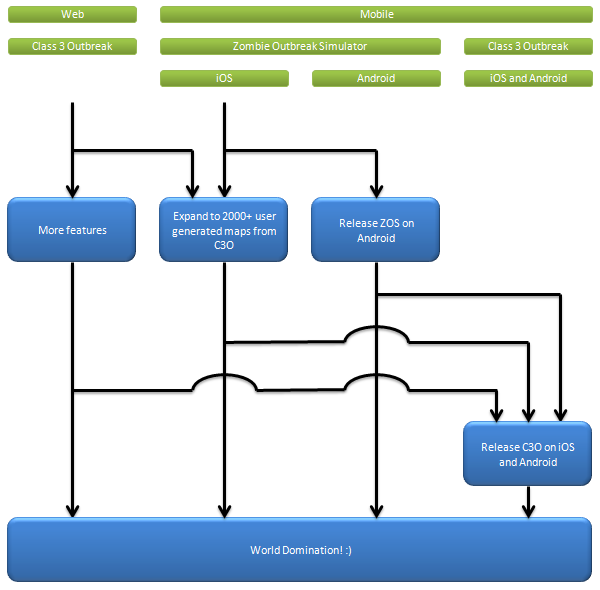
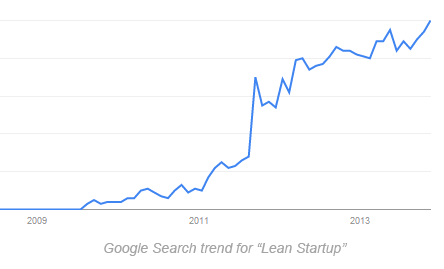

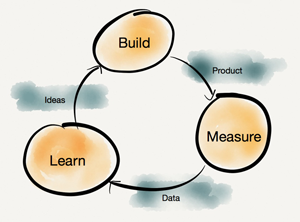
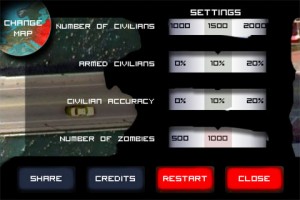


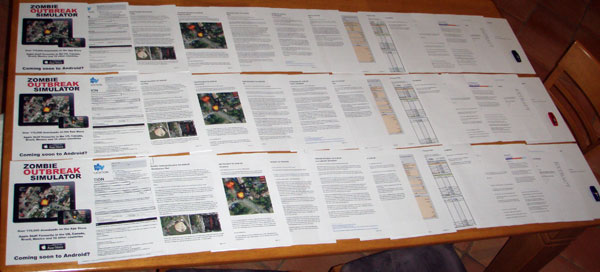
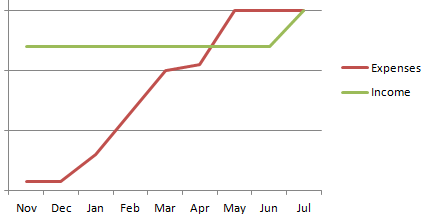
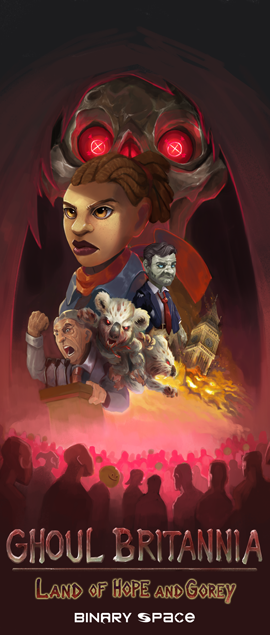
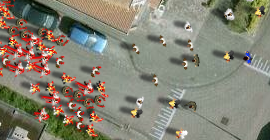
Awesome! Hope to see it on Android soon!